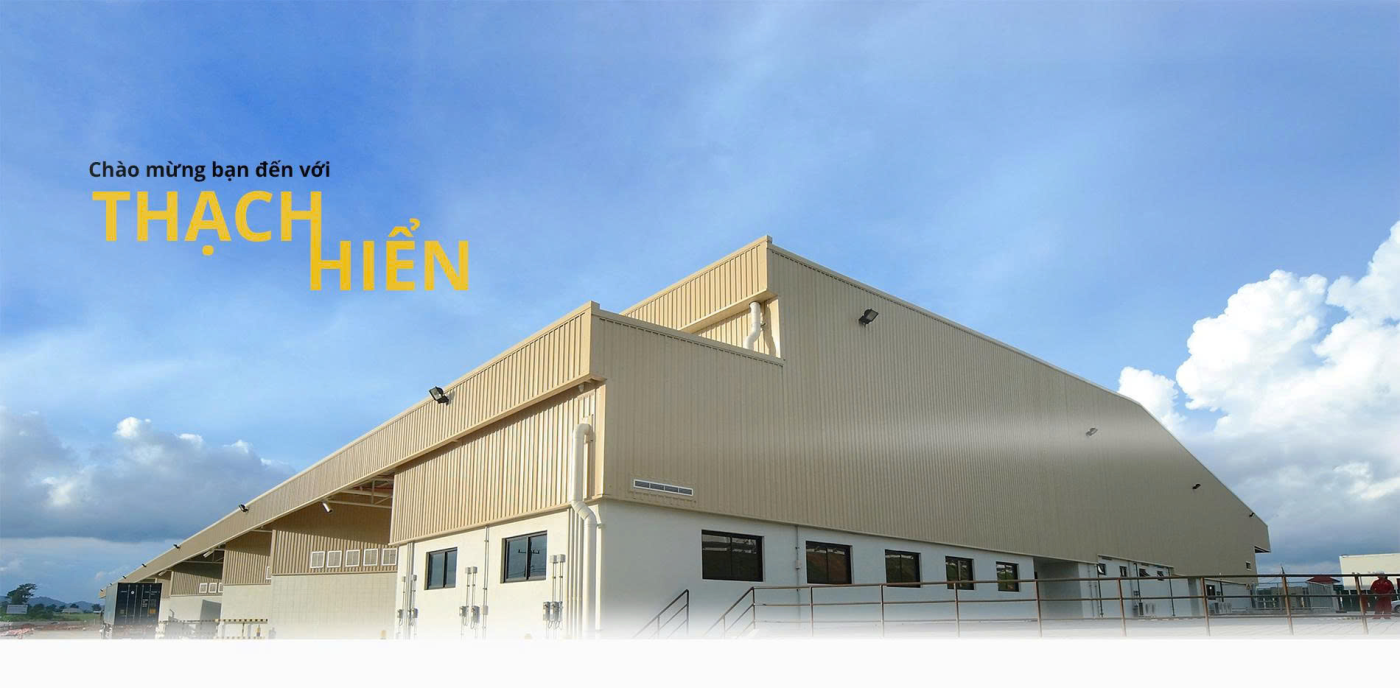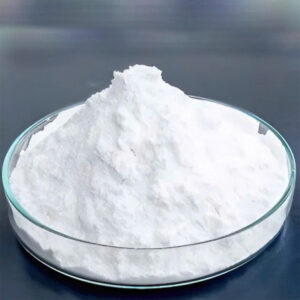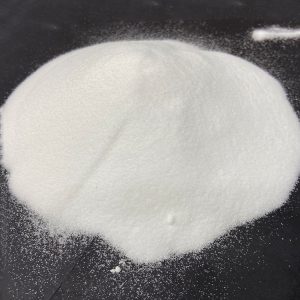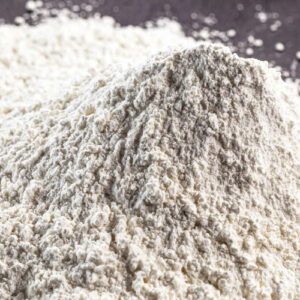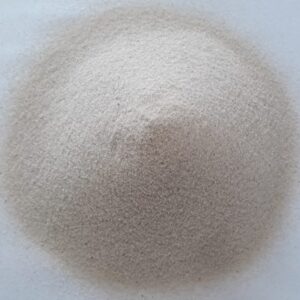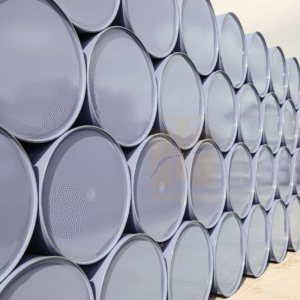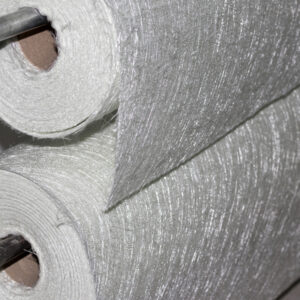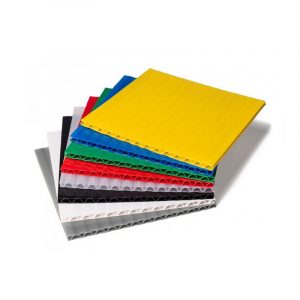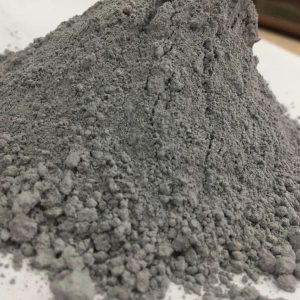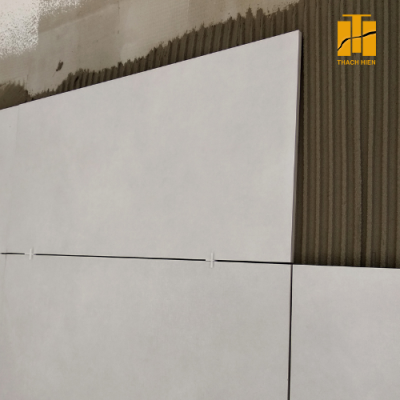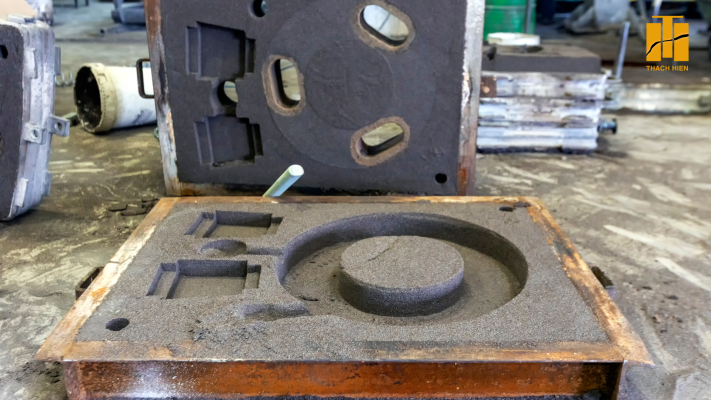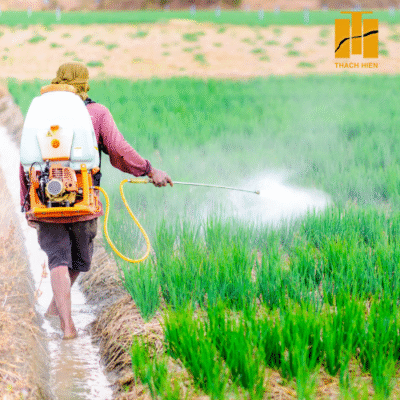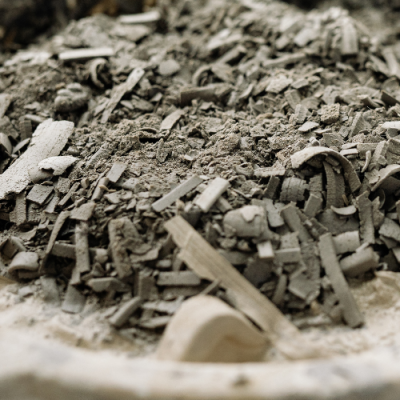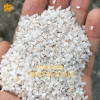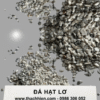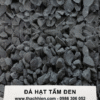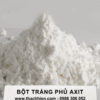News
SAND IS AN ESSENTIAL RAW MATERIAL IN THE CASTING INDUSTRY
Sand casting technology with the advantages of easy manufacturing, low cost, low investment capital has been playing an important role in shaping and manufacturing products in the mechanical engineering, automotive engineering, daily household products, it can be said that almost all mechanical products or products we use every day are manufactured by sand casting method.
WHAT IS SAND CASTING TECHNOLOGY?
Casting technology is the technology of manufacturing products by pouring liquid materials into molds to create products with the shape of the mold, most of the casting technology is done with metal materials. The object that can be used immediately without mechanical processing is called a cast product, while the cast object that must be processed to cut the shrinkage to achieve precision is called a cast blank.
| CHARACTERISTIC | CLASSIFY |
| – Can cast all materials such as cast iron, steel, non-ferrous metals, non-metallic alloys, etc. – Can cast complex structured castings. – Đúc được vật đúc có khối lượng lớn mà các phương pháp gia công khác không làm được. – Due to the crystallization process from liquid, the casting is susceptible to air holes, shrinkage holes, cracks, and impurities. – The casting has low dimensional accuracy, gloss, and roughness. – After casting, the casting must be processed to cut the hot end and pouring end, so a lot of raw materials are consumed. The amount of processing residue is large. – Only suitable for small-scale production. |
– Classification by mold: Sand casting, metal mold. – Classification by mold making method: Green sand casting, dry sand casting, investment casting, burnt sample casting, thin shell casting. – Classification by metal pouring method: pressure casting, centrifugal casting, pressure casting. |
Mold and core materials
– Sand: the main component is SiO2 (quartz), the sand used is mountain sand or river sand. River sand has round grains, mountain sand has sharp grains. The larger the casting size, the larger the grain size. The size of the sand grain is determined by a sieve with sieve holes.
– Clay: the main components are bentonite, kaolin, Al2O3, SiO2, H2O, with the properties of being flexible and sticky when there is a suitable amount of water. When heated, the strength increases but it is brittle and easy to break, and does not burn when pouring metal at high temperatures.
– Binders: use mineral vegetable oils, sugar water, molasses, pulp water (alkaline sulfate), glass water. These substances are added to the mixture to increase the viscosity of the mixture.
Khi trộn vào hỗn hợp phải phân bố đều.
Không làm dính hỗn hợp làm khuôn vào khuôn mẫu cũng như hộp lõi sẽ làm hư hỏng khuôn.
Khô nhanh khi sấy nóng và không sinh nhiều khí khi rót kim loại.
Các chất phụ gia: được bổ sung vào hỗn hợp để tăng tính lún, thông khí, làm nhẵn bề mặt và chất phụ gia thường dùng:
To increase subsidence and ventilation, often use additional straw, sawdust, and charcoal powder.
To increase the surface gloss: commonly used mold paint can be charcoal powder, graphite powder, quartz powder or their solution with clay. After removing the sample and core box from the mold, we proceed to paint a thin layer of paint on the mold surface and then dry it so that the molded object has a high gloss.
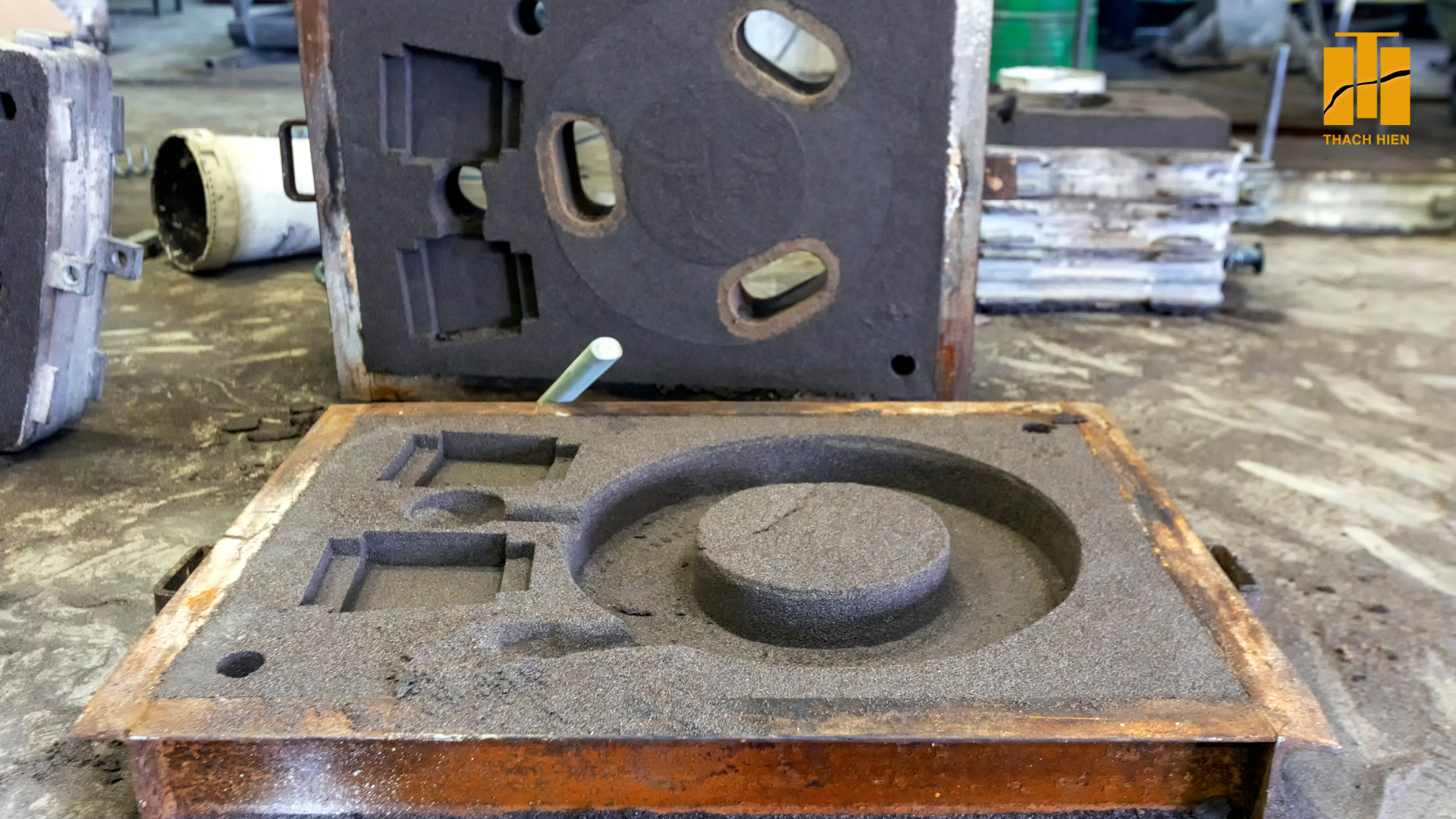
FRESH SAND CASTING TECHNOLOGY
Sand casting is a casting method that uses a mold made of sand for casting. Sand molds are one-time molds (Liquid metal is poured into the mold only once, then cooled and the casting is removed from the mold by breaking the mold. The castings formed in sand molds have poor surface gloss, large machining allowance, and low precision. But sand molds can cast complex-shaped and very large castings.
FRESH SAND CASTING TECHNOLOGY PROCESS
After preparing the sample and core box, steam bean mold, mold material, and pouring metal, we proceed to cast the object as follows:
Step 1: Place half of the mold box on a flat surface and then place the sample in.
Step 2: Sprinkle a thin layer of sand evenly over the surface of the sample.
Step 3: Continue to sprinkle more sand until the mold box is full, then use a hammer to compact it tightly, then continue to add more sand and compact it tightly, then use a straight ruler to remove the excess on the mold surface to get a flat surface.
Step 4: Turn the half of the mold box over.
Step 5: Place the upper half of the mold box on the lower half of the mold box and use the positioning pin to position the two halves of the mold box.
Step 6: Place the mold to pour the steam beans in to position, position the metal supply system (pouring system, steam beans) and exhaust (steam beans).
Step 7: Continue to sprinkle a thin, even layer of sand on the remaining surface of the sample.
Step 8: Continue to sprinkle more cushion sand until the mold box is full, then use a hammer to compact it tightly. Create grooves around the vent hole to easily remove the pouring pipe and vent pipe. Note that we must make small holes on the surface of the mold box to facilitate easy ventilation.
Step 9: Remove the locating pin to remove half of the mold box and create a groove to guide the molten metal from the pouring hole into the mold.
Step 10: Remove the sample from the mold box.
Step 11: Assemble the two halves of the mold box and use the locating pin to position the two halves of the mold box again.
Step 12: Pour the molten metal after heating into the mold at the pouring hole, paying attention to pour slowly so that the metal does not flow out and does not create air holes.
Step 13: Wait for the metal to cool, then remove the locating pin and take the object out to continue cooling.
The final step is to process the casting product to reduce the amount of filling, pouring, and machining the remaining amount to have the desired product that meets technical requirements.

 vn
vn